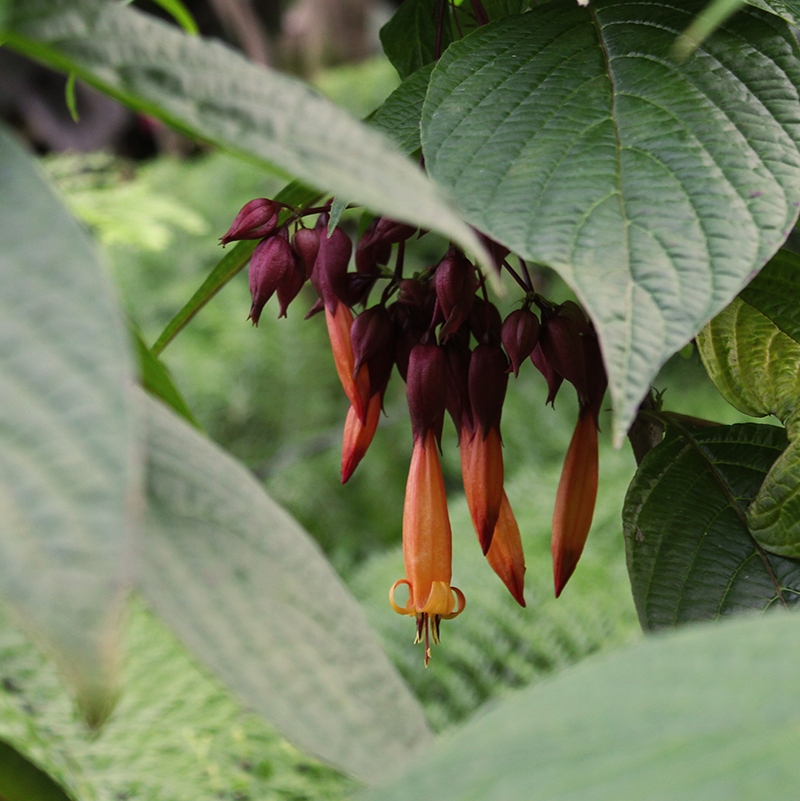Peony (Paeonia cultivars and species)
Peonies have finally made their debut in Gardens by the Bay! Paeonia, commonly known as peony, is the only genus in the family Paeoniaceae. The wild species are native across a large geographic range, from southern Europe, through the islands in and around the Mediterranean, across Asia Minor, the Himalayas and then into China, Korea, Japan and Eastern Europe. There are three common types of peonies: herbaceous peony, tree peony and itoh peony. Herbaceous peonies such as Paeonia lactiflora (Chinese peony) and Paeonia officinalis (European native peony) often bear large, usually multi-petalled flowers. Tree peonies are characterised with their woody branches, from which lax herbaceous stems grow, producing single or double flowers. Unlike tree peonies, herbaceous ones will die back and stay dormant during winter.
The nourishing pollen of peonies is packed with protein and other nutrients, and collected by bees to feed their larvae in the hive. Honeybees use the peony’s nectar as the raw material for producing honey. As bees and other insects search in the flower for nectar or pollen, they also become covered in pollen, transferring the pollen and thus pollinating other flowers as they forage.
Did you know that peony is named after Paeon, a student of Asclepius, the Greek God of Medicine? Paeon was saved by Zeus from the wrath of Asclepius when he became jealous of his student’s skill in healing and medicine. As instructed by Leto, the Goddess of fertility, Paeon uses a magical root growing on Mount Olympus to soothe the pain of women in childbirth. In traditional Chinese medicine, white peony root, which refers to the colour of processed root and not the flower colour, is said to boost the immune system and stabilise mental health and emotions.
 In a classic garden, peonies are highly anticipated for their impressive blooms and lovely fragrance!
In a classic garden, peonies are highly anticipated for their impressive blooms and lovely fragrance!
Queens of the spring garden, Peonies are a favourite everywhere they can be grown in colder regions where winter cold is sustained for their vitality. Their exhilarating scents and attractive colours can evoke memories, and depending on the colour or variety- peonies represent nobility, romance, prosperity and happy marriage. In Japan and China, it is associated with wealth and nobility. In the Victorian era, it has a rich association with romance and marriage, as people relate to the idea of a loving lifetime commitment, considering this perennial’s long-lived status in a garden.
As most wild peonies only have flowers with 5-10 petals, ancient breeders or gardeners collected and bred any plants with rare, multi-petalled blooms because of their out-of-the-ordinary appearance. As such, modern day cultivars of peony are interspecific hybrids and produce blossoms in an array of colours and shapes, comprising every tint from pure white through myriad pinks to the deepest reds. Depending on the cultivar, some may retain the same colour from the start to end of blooming, while others may begin as one colour and either fade or darken. Individual flower forms can be as simple as a wild rose or multi-petalled like a carnation. In total, there are six recognized forms of flower- single, Japanese, anemone, bomb, semi-double and full-double.
 A closeup of Paeonia 'Coral Charm'. Such a lovely pastel colour!
A closeup of Paeonia 'Coral Charm'. Such a lovely pastel colour!
One of the outstanding pastel coloured peonies is Coral Charm. Their double-petalled flowers are big, almost 15cm wide, and its colour transforms from coral to cerise, orange and finally, white as the flowers mature. It adds to the fun that every other day, Coral Charm surprises you with different colours!
 A closeup of Paeonia ‘Red Charm’, a hybrid cross between Paeonia lactiflora and P. officinalis, with intense red colour!
A closeup of Paeonia ‘Red Charm’, a hybrid cross between Paeonia lactiflora and P. officinalis, with intense red colour!
Written by: Ziana Yacob, Acting Senior Manager (Research and Horticulture)
Ziana's fascination with the many wonders of plants led her to study Horticulture. She has been involved in propagating plants and nurturing our in-house orchid collections. Keeping plants alive is a challenge and she's constantly learning about what she should or shouldn't be doing!



